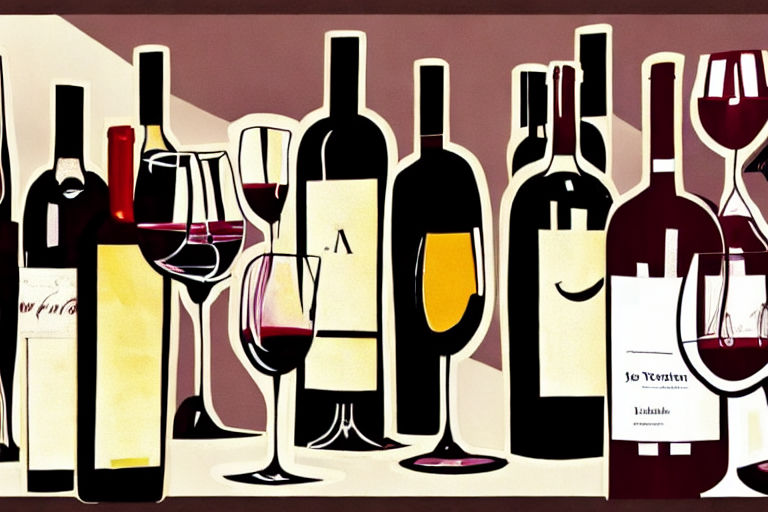The Art of Wine Tasting: A Beginner's Guide to Flavors and Aromas
Wine tasting is an enjoyable and educational experience that allows you to explore different flavors and aromas. Whether you are a novice or a wine connoisseur, mastering the art of wine tasting is no easy feat. However, with practice, you can develop your palate and become a pro at deciphering the subtle nuances of different wines.
Step 1: Look
Before you take your first sip, take a moment to look at the wine. Notice its color and clarity. Tilt the glass at a 45-degree angle against a white background and observe the color variation. Young red wines tend to be more purple, while older reds tend to be more ruby or garnet in color. White wines can range from pale straw to deep gold, with many variations in between. The clarity of the wine can tell you a lot about its quality. A clear wine indicates careful filtering, while a cloudy wine may indicate flaws.
Step 2: Smell
Swirl the wine around in the glass to allow oxygen to enter and release the wine's aromas. Take a quick sniff to get an idea of the wine's overall scent. Then, place your nose into the glass and take a deep breath. You should be able to smell a variety of aromas, including fruits, flowers, spices, and oak. You can also try to identify earthy scents such as leather, tobacco, and mushrooms.
Step 3: Taste
Finally, take a sip of the wine and let it linger in your mouth for a few seconds. Try to identify the different flavors and textures. Wines can taste sweet, acidic, tannic, or a combination of these elements. You should also take note of the wine's finish, which is the aftertaste that remains in your mouth once you've swallowed the wine.
Step 4: Repeat
Repeat the process with each wine you taste, even if it is the same varietal. Despite their similarities, each wine has its unique characteristics. By practicing tasting, you will develop a deep understanding of different wines and build your palette.
Conclusion
Mastering the art of wine tasting is a satisfying and rewarding process. With time and patience, you can learn to identify the nuances of different wines and feel confident in selecting and describing wines. Remember, the key is to practice, practice, practice!



